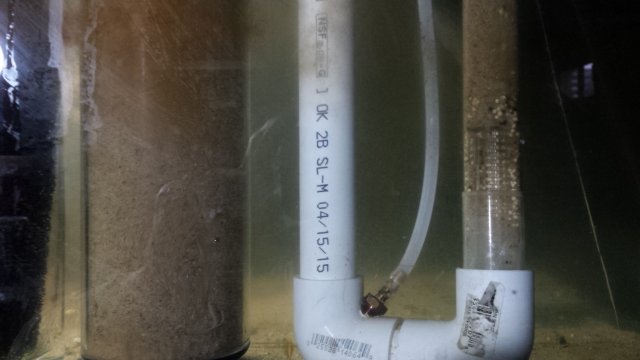Well the 30 gallon is easy to do a water change on. I looked into algae scrubbers, refugium, pothos, ivy, continuous drip, purigen, sulfur denitrators, coil denitrators, and the various dosing.
My tap water is high in nitrates and silicates, an algae scrubber will put too much heat in my tank, as would the refugium. The pet Cat would destroy pothos, or die trying.
Continuous drip, is an option, except for the Ice berg problem in winter.
Purigen is a pita to recharge, kind of pricey.
Sulfur denitrators are expensive,
The coil denitrators can be improved upon. Various dosing is said not to work in fresh water since it requires a protein skimmer.
I will soon have 2, 75 gallon tanks double stacked. I am building a steel tank stand currently.
They are going to be overstocked with African cichlids. If I can keep nitrates from requiring constant water changes. So far from the experiment on the 30, with a slightly modified canister denitrator, I will be able keep nitrates in the 150 gallons around 5 ppm constantly.
Then doing water changes based on other paramiters, like what the silicates, and alkalinity are doing.
It is also very inexpensive, almost free if compared too good LED lighting, or plumbing in a continuous drip system.
Basically it is three buckets, full of rocks, and some small valves. The $50.00 Orp meter is the only big ticket item.
Lots of reading, and resurching mostly saltwater related. Most fresh water dosing, denitrators, I have read about was done haphazardly. With huge bacterial bloom, stinking messes, and crashing the tank.
Others with flow rates so slow that it was pointless to even bother.
Which lead up to the other experiment on the fluidized sand bed denitrator.
Which in theory might be able to achieve 100+ gallons a day of clean water. With minimal chance of producing any H2S.



